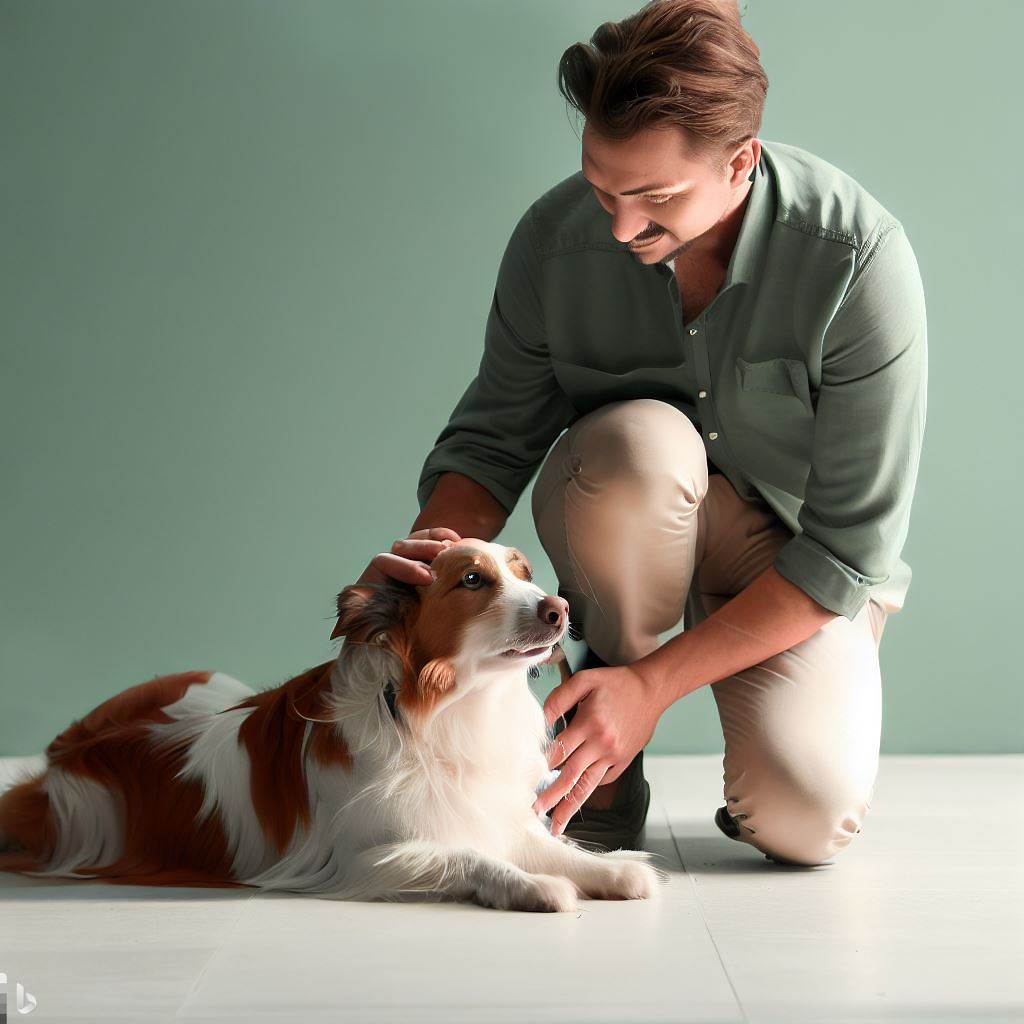Pet First Aid: A Comprehensive Guide for Pet Owners

Introduction
As a pet owner, you understand the importance of keeping your furry friends safe and healthy. While you may do your best to provide a secure environment, accidents and emergencies can happen unexpectedly. That’s why knowing the basics of pet first aid is essential. In this comprehensive guide, we’ll explore pet first aid techniques, tips, and important information to help you keep your beloved pets safe and sound.
Why is Pet First Aid Important?
Pet first aid is crucial for several reasons:
- Immediate Response: Accidents and illnesses can strike at any time. Knowing what to do in an emergency can make the difference between life and death for your pet.
- Reduce Pain and Discomfort: Administering first aid can help alleviate your pet’s pain and discomfort until you can get them to a veterinarian.
- Prevent Complications: Proper first aid can prevent minor issues from becoming major problems.
- Peace of Mind: Having knowledge of pet first aid techniques can give you confidence in caring for your pet’s well-being.
Pet First Aid Basics
Before we delve into specific situations, let’s cover some essential pet first aid basics:
- Stay Calm: In any emergency situation, it’s crucial to remain as calm as possible. This will help you think clearly and make better decisions.
- Assess the Situation: Quickly assess your pet’s condition. Check for signs of consciousness, breathing, and severe bleeding.
- Contact a Vet: In most cases, you should contact your veterinarian or an emergency veterinary clinic immediately. They can provide guidance and may recommend you perform certain first aid actions while on your way.
- Safety First: Ensure your own safety before helping your pet. An injured or panicked pet can unintentionally harm you.
- Pet First Aid Kit: Prepare a pet first aid kit with essential supplies, including bandages, antiseptic wipes, scissors, tweezers, and a pet-specific first aid manual.
Common Pet First Aid Situations
- Cuts and Wounds: Clean the wound with a mild antiseptic and cover it with a clean bandage or sterile gauze. Seek veterinary attention for deep or heavily bleeding wounds.
- Choking: If your pet is choking, attempt to remove the obstruction from their mouth carefully. If you can’t dislodge it, perform the Heimlich maneuver.
- Heatstroke: Pets can easily overheat. Move your pet to a cooler area, provide water, and use wet towels to cool them down gradually.
- Poisoning: If you suspect your pet has ingested something toxic, contact your vet or an animal poison control hotline immediately. Do not induce vomiting without professional advice.
- Fractures: Immobilize the injured limb with a splint or bandage to prevent further damage. Transport your pet to the vet safely.
- Seizures: Keep your pet away from any objects that could harm them during a seizure. Once the seizure ends, keep them calm and seek immediate veterinary care.
Conclusion
Pet first aid is a crucial skill that every pet owner should possess. By being prepared and knowing how to respond to common emergencies, you can ensure the safety and well-being of your furry family members. Remember to contact your veterinarian whenever your pet is injured or ill, and always prioritize their safety in any first aid situation. Being a responsible pet owner means being prepared for anything that may come your pet’s way. Stay informed, stay prepared, and keep your pets safe and healthy.

Leave a Reply